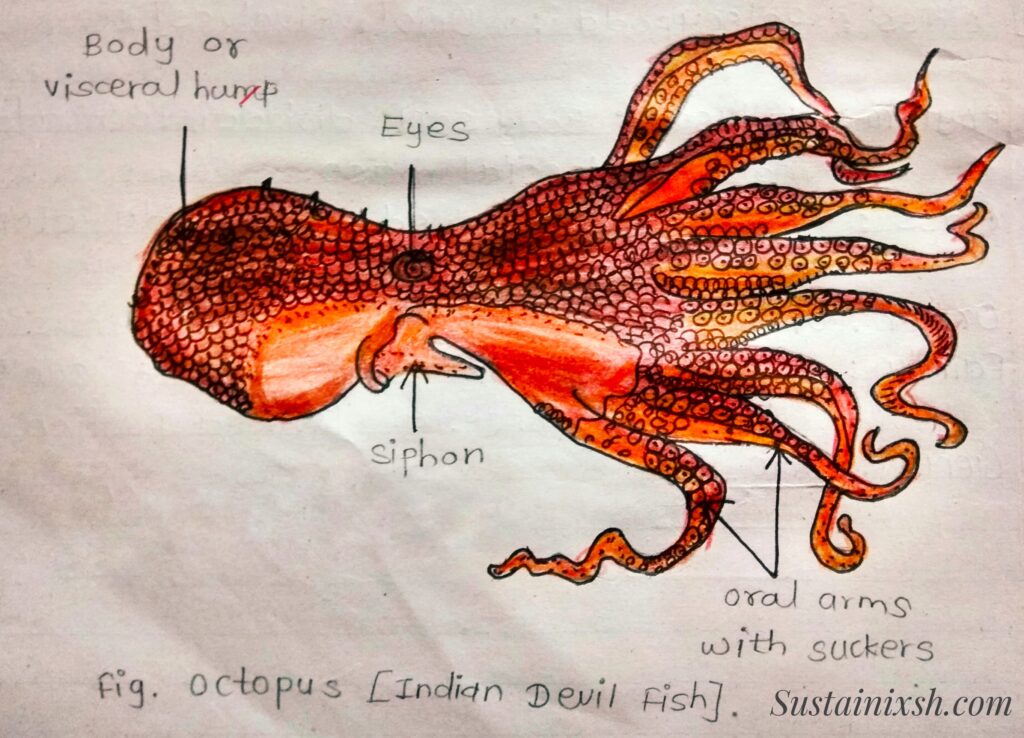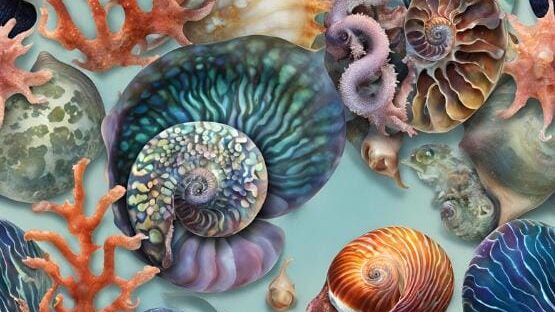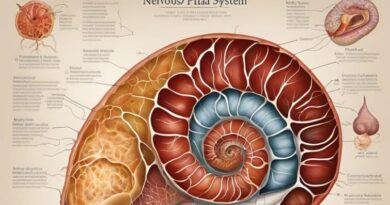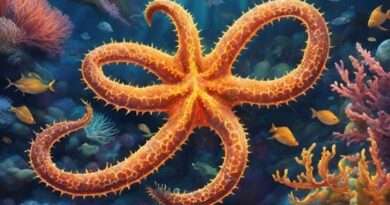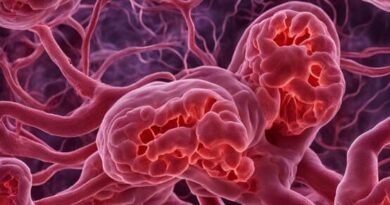To study the classification with reasons of the phylum Mollusca
Title: To study the classification with reasons of the phylum Mollusca.
Phylum Mollusca:- Mollusca are soft-bodied animals. [Latin, molluscs – soft]. Aristotle first used this term for cuttlefish. In Latin, a soft nut enclosed in a thin shell is called a mollusc. Thus, it refers to the bivalve shell & soft-bodied animal enclosed in the shell.
General characters of Mollusca:
- They are aquatic, mostly marine, some are freshwater & Some are terrestrial.
- They are bilaterally symmetrical; however, gastropods & cephalopods lose their bilateral symmetry & become asymmetrical due to torsion or spiral twisting.
- Body of the molluscs is soft, differentiated into four Parts anterior head, dorsal visceral mass, ventral foot and mantle.
- The epidermis is single-layered, generally ciliated with mucous glands.
- Muscular foot is present on the ventral side which is locomotory organ and modified for creeping, Swimming and burrowing.
- A thin muscular, fleshy fold covers the dorsal body wall called mantle or pallium & space enclosed by it is called mantle cavity.
- Shell is secreted by outer surface of mantle. shell is hard, calcareous, & it may be bivalved , univalved, spiral or cone like or even absent in some animals.
- Respiration by gills called ctenidia. The body surface, mantle, or lungs are respiratory organs in terrestrial forms.
- The digestive system is complete. The buccal cavity contains a grasping organ, the radula with a transverse row of teeth.
- The circulatory system is of open type. Excretion is brought about by one or two pairs of sack-like kidneys.
- The nervous System consists of the Paired ganglia, cerebral, Pleural, pedal & visceral ganglia interconnected by commissures and connectives.
- Tentacles, eyes, statocysts & osphradia are sense organs.
- Sexes are separate, some are hermaphrodite, and fertilization is external or internal.
Phylum Mollusca is divided into six classes:-
1) Amphineura – e.g. Chiton
2) Gastropoda – e.g. Pila
3) Pelecypoda – e.g. Unio
4) Scaphopoda – e.g. Dentalium
5) Cephalopoda – e.g. Octopus
6) Monoplacophora – e.g. Neopilina
- Class: Amphineura: Chiton
Phylum: Mollusca – Body soft, divided into head, foot, mantle, and visceral mass.
Class: Amphineura – Head reduced, no eyes & tentacles, mouth & anus terminal.
Sub-class: Polyplacophora – Dorsal surface convex, ventral surface bears flat foot.
Family: Chitonidae – Shell composed of 8 articulating plates or valves.
Genus: Chiton Species: barnesi
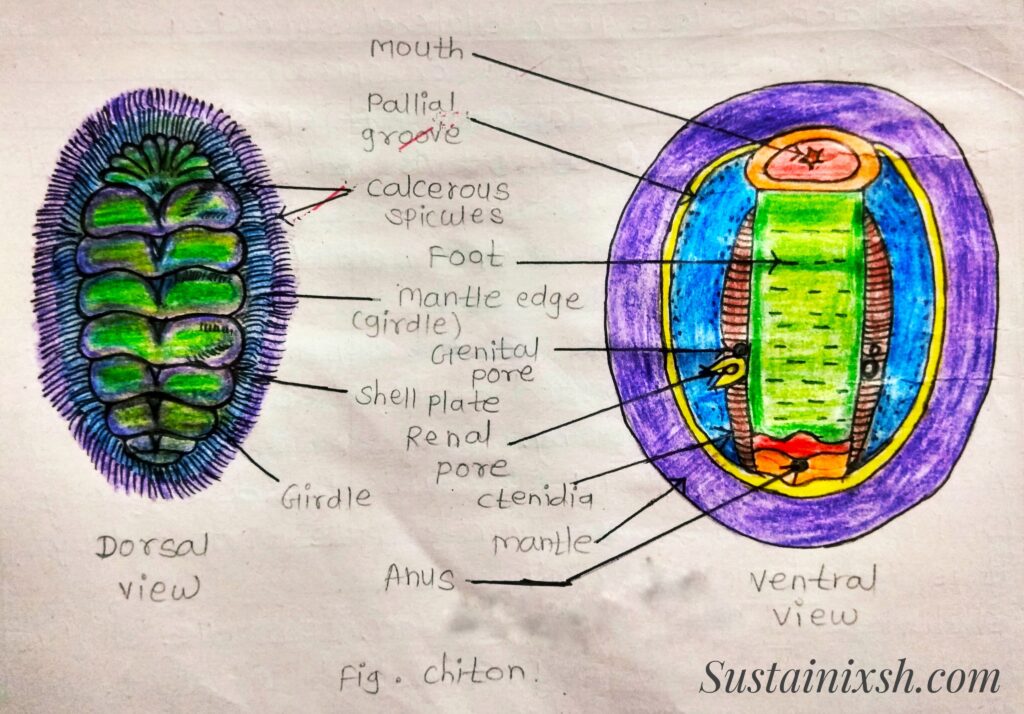
- Class: Gastropoda: Pila [Snail]
Phylum: Mollusca- Body soft, divided into head, foot, mantle, and visceral mass.
Class: Gastropoda- Body asymmetrical; spirally twisted may be dextral or sinistral.
Order: Mesogastropoda- Presence of operculum, Single auricle & monopectinate gill.
Family: Ampullariidae- Gills & lungs Present & are separated by mantle cavity.
Genus: Pila
Species: globosa
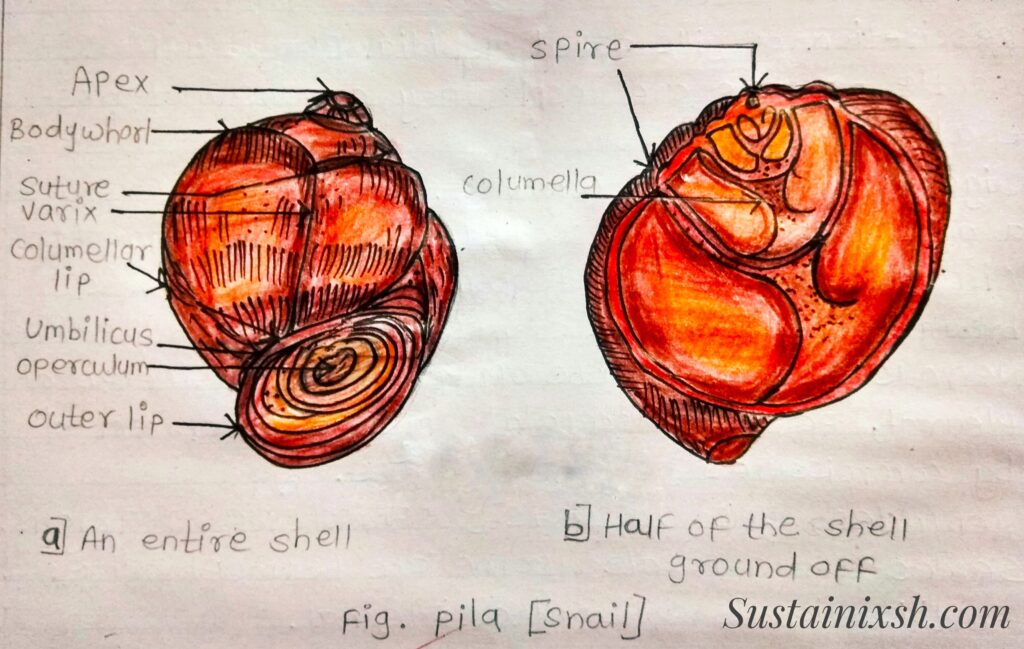
- Class: Pelecypoda: Unio [Bivalves]
Phylum: Mollusca- Body soft, divided into head, foot, mantle, and visceral mass.
Class: Pelecypoda- Bivalved shell, body laterally Compressed, head indistinct.
Order: Unionoida- Large freshwater mussels.
Family: Unionidae- Head absent, bivalve usually with beak i.e., elevated portion.
Genus: Unio
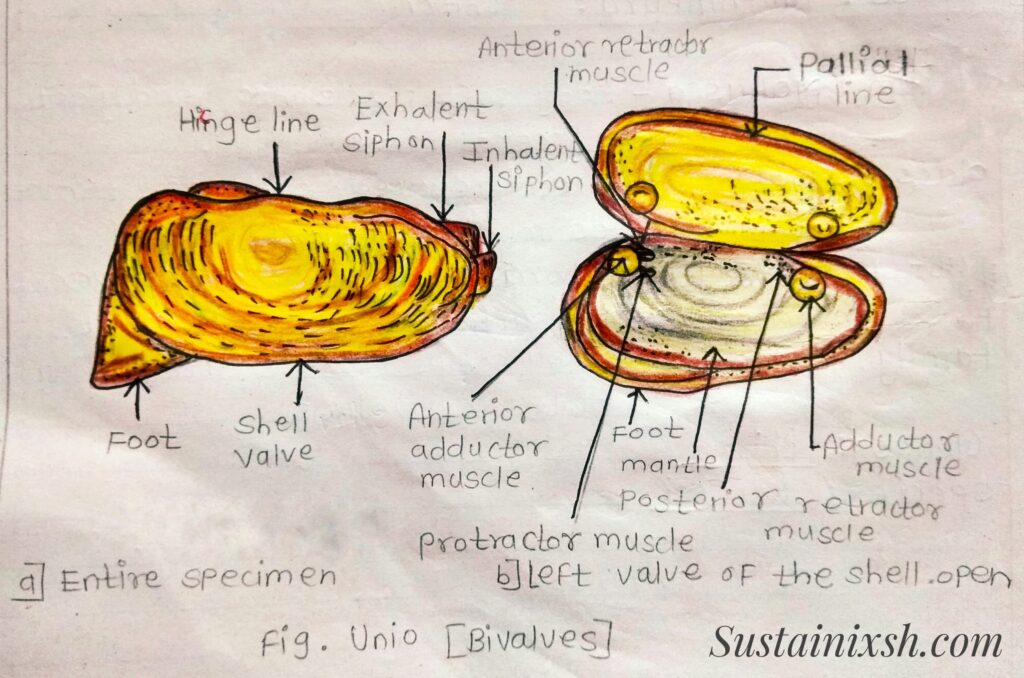
- Class: Scaphopoda – Dentalium [Tusk shell]
Phylum: Mollusca – Body soft, divided into head, foot, mantle, visceral mass.
Class: Scaphopoda – Elongated, tusk-like shell, eyes, and tentacles are absent.
Order: Dentaliida – straight or distinctly curved hardy shell.
Family: Dentaliidae – Radula tooth has a cutting edge & is smooth & rather arched.
Genus: Dentalium
Species: vulgare
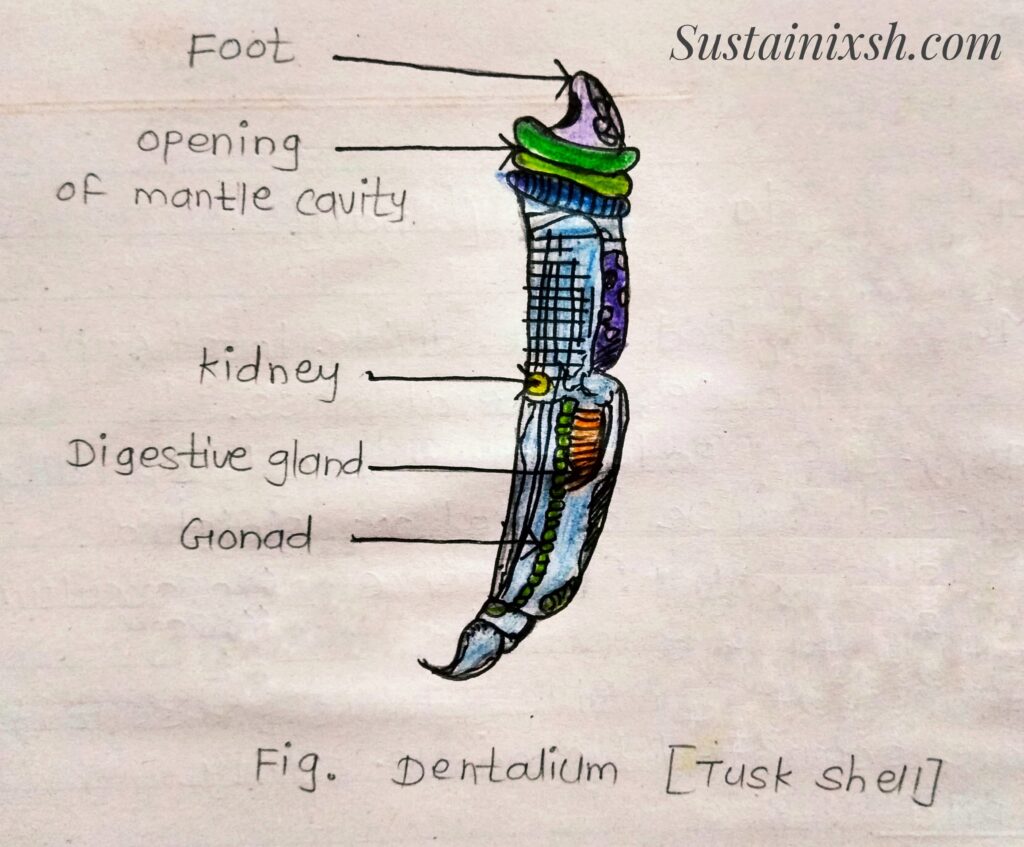
- Class: Cephalopoda – Octopus [Indian Devilfish)
Phylum: Mollusca – Body soft, unsegmented.
Class: Cephalopoda – Mouth with horny jaws and Surrounded by arms or tentacles.
Order: Octopoda – Long non-retractile 8 oral arms with sessile suckers.
Family: Octopodidae – Suckers are in one or two series, internal shell reduced.
Genus: Octopus
Species: macropus
